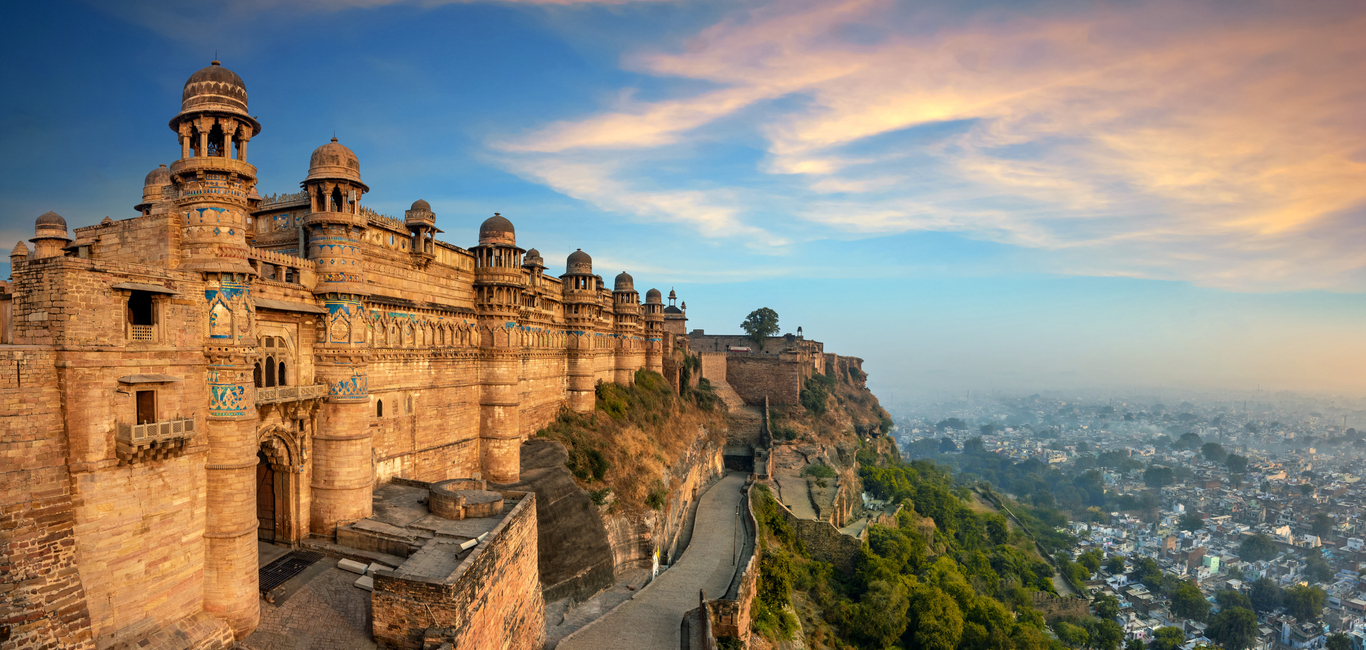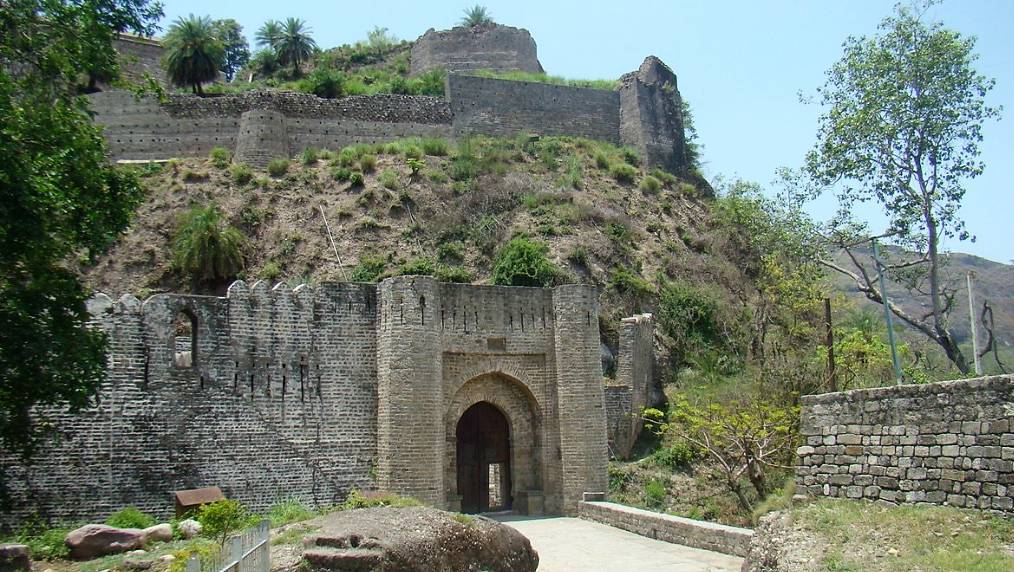Scenic Srinagar, the summer capital of Jammu & Kashmir state sprawls elegantly on both sides of the river Jhelum. According to Kalahana, the author of Rajatarangini’, this city of lakes and gardens was originally named is Srinagari and was founded by emperor Ashoka (3rd century B.C.). The present town was established by Pravarasena II and finds mention in the travelogues of Hiuen Tsang. Persian influence over the city’s art and culture were introduced by the Afghan Badshah, Zain-ul-Abidin (1420-70). But, most of the city’s formal beauty and its fine mosques are a result of the patronage provided by the Mughal rulers. Srinagar was the summer resort of the Mughals, who built gorgeous gardens with fountains, waterways, pavilions, and terraces placed between groves of chinar and willow.
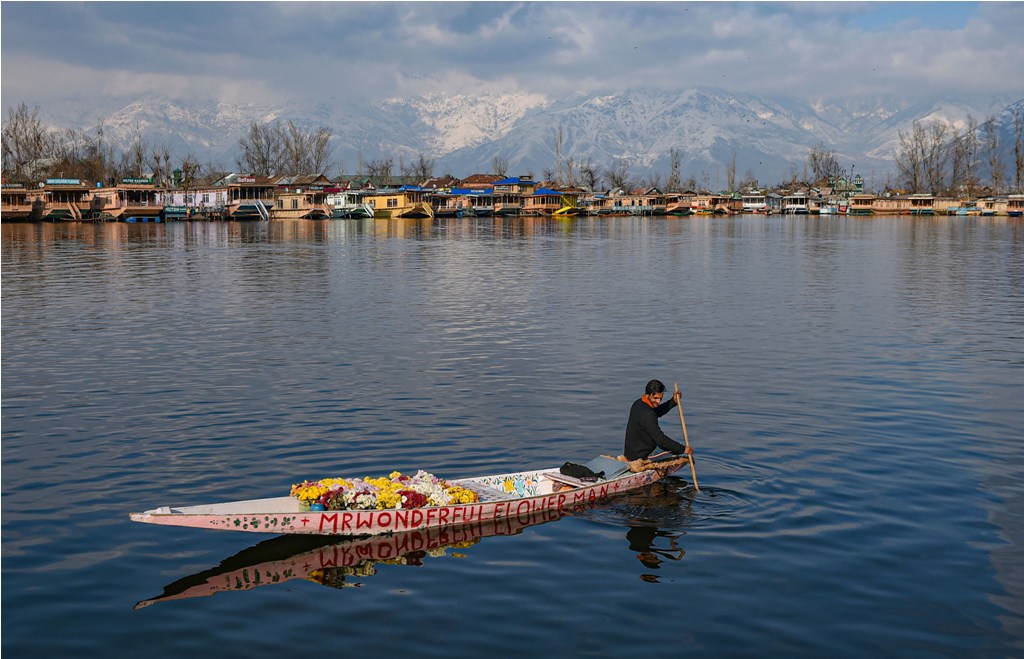
Dal Lake: Delightful Dal, the largest lake of the city is indeed the icon and focal point of Srinagar. The lovely lake is divided by causeways into four parts Gagribal, Lokutdal, Boddal, and Nagin. Both Lokutdal and Boddal have an island in the center – called Rup Lank or Char Chinari and Sona Lank respectively. Nagin Lake at the foot of Shridhara (Zabarwan) mountain is the smallest and the most beautiful part of the Dal. One can also enjoy shikhara rides, staying at houseboats, swimming, and water skiing, etc. at the Dal.
Hazratbal Mosque: The white marble mosque on the north-west shore of the Dal Lake, enshrines a holy hair (bal) of Prophet Mohammed and is regarded as one of the holiest mosques of Kashmir.
Shalimar Bagh: The beautiful terraced garden was laid by emperor Jehangir for his beloved wife Nur Jahan. It has fine fountains in between and a canal runs through the middle of the garden which is supplied with water from Harwan. The fourth terrace of the garden is by far the best and was once reserved for the royal ladies. The panoramic view of the garden and lake can be enjoyed from here.
Nishat Bagh or the ‘garden of bliss The beautiful garden with several terraces and a central watercourse was built in 1633, by Asaf Khan, the brother of empress Nur Jahan on the banks of the Dal.
Pari Mahal: The grand palace perched atop a hill near the Cheshma Shahi garden was originally a Buddhist monastery and was later converted to a palace by Dara Shikoh, the eldest son of emperor Shah Jahan. It became a royal observatory and a school of astrology was established here by Dara Shikoh.
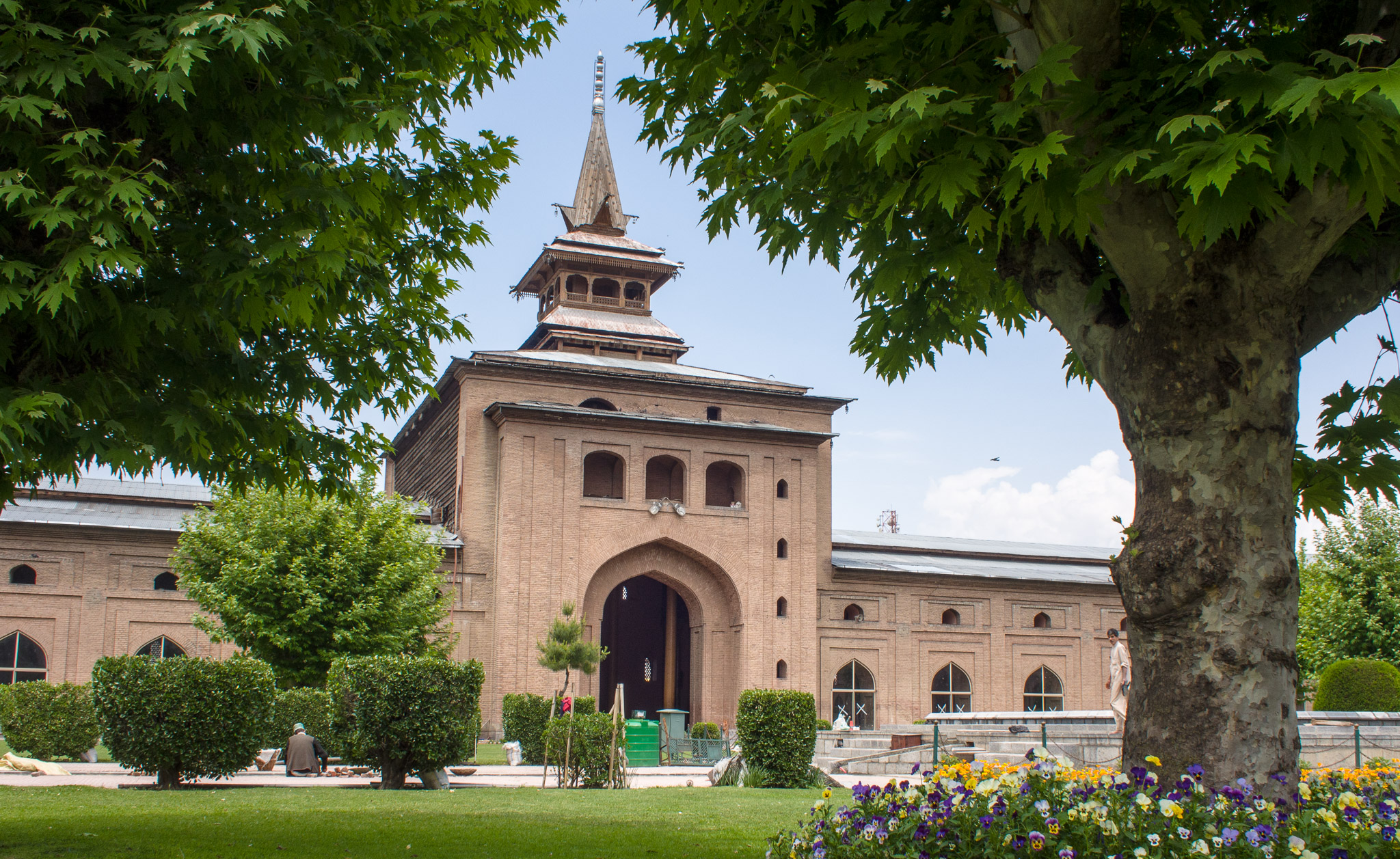
Jami Masjid: This important mosque of Srinagar was first built by Sikandar- Butshikan in 1402 and further additions to the structure were made by his son Zain-ul-Abidin. The present structure was built by Aurangzeb and is noted for its 300-plus wooden pillar.
Cheshma Shahi: The magnificent garden overlooking the city and the lovely lake was built by Shah Jahan in 1632. It is the smallest of Srinagar’s Mughal gardens with three artistically designed terraces and a natural spring of water enclosed in a stone pavilion. The water of the spring is said to possess some curative properties.
Shah Hamadan Mosque: It is located on the banks of river Jhelum and is one of the most beautiful and oldest mosques of Srinagar. The mosque with pagoda-like spire commemorates Mir Sayyad Ali Hamdani, a holy sage from Iran.
Sri Pratap Singh Museum: It is housed in a beautiful palace and exhibits archaeological artifacts, mammoth remains, paintings, old coins, and notes, etc.
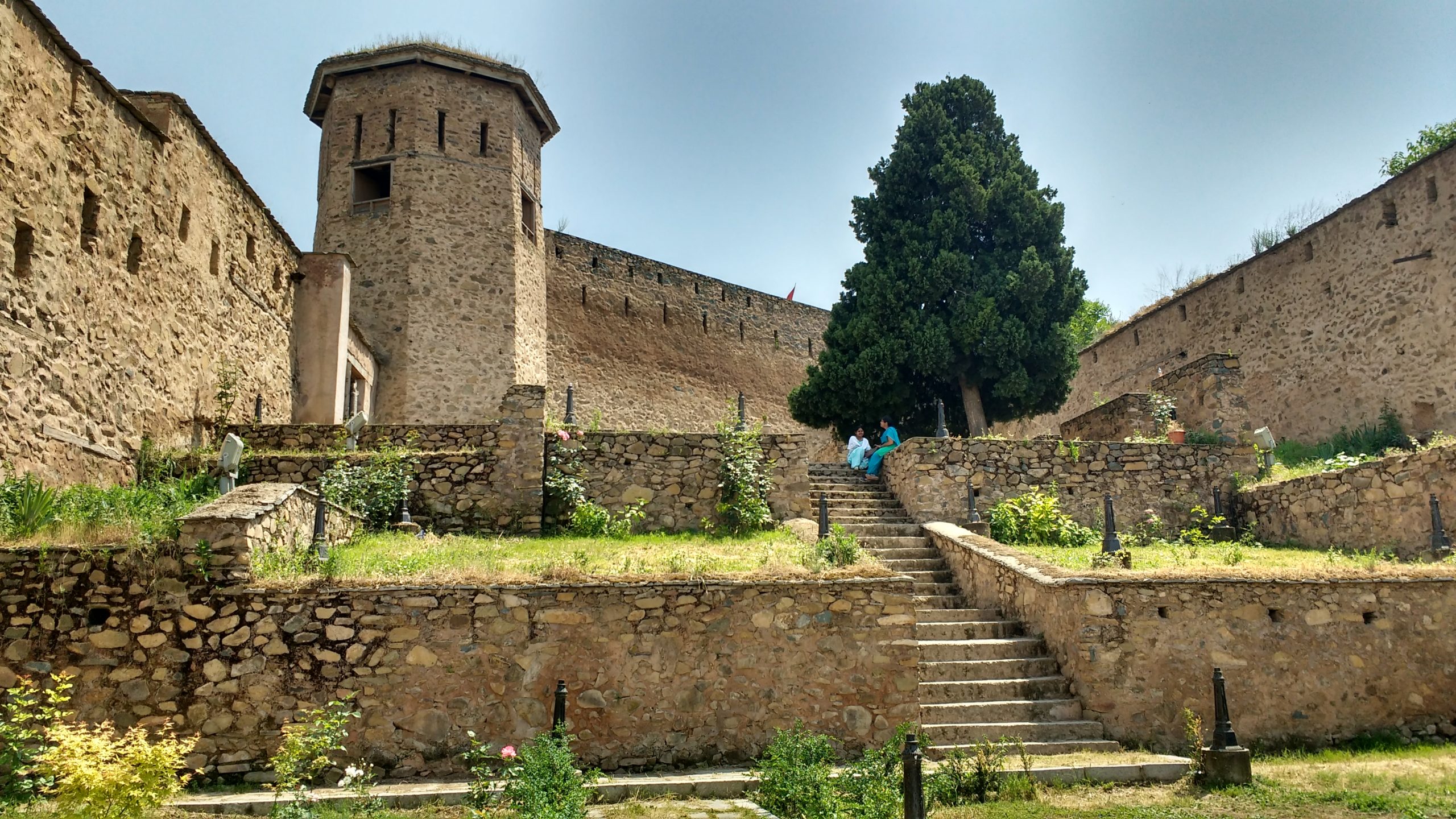
Hari Parbat Fort: It has a shrine of goddess Sharika, (Durga). The hill was first fortified by emperor Akbar in 1592-98 and was further developed in the 18th century by an Afghan governor Atta Mohammed Khan. Presently the fort is in the state of ruins and the historic shrine of Shah Makhdum Sahib on the slopes of Hari Parbat hill is visited by people of all faiths.
Chatti Padshahi Gurudwara: The sacred Sikh shrine near Kathi Darwaza, in Rainawari, commemorates the visit of sixth Sikh Guru Hargobind.
Shankaracharya Temple: This ancient temple on the Takht-i Sulaiman hill is dedicated to Lord Shiva and is said to be built on the site where the Advaita philosopher saint, Adi Shankracharya stayed during his visit to Kashmir. Historians believe that the first edifice on this site was built by emperor Ashoka’s son Jaluka around 200 B.C. and was later rebuilt in the 6th century by king Gopaditya. The temple affords an awe Inspiring view of the Dal Lake and the snowy peaks of the Pir Panjal range.
Around Srinagar
Achabal (58 km.)
Alluring Achabal near Anantnag was the pleasure retreat of Nur Jehan. Jehangir laid out a fine Mughal style garden over here for his beloved wife.
Aharbal (51 kms.)
The spectacular waterfall is formed by river Veshav, which plunges from a height of 24.4 meters into a narrow gorge.
Charar-i-Sharif (30 kms.)
It lies on the road to Yusmarg and is famous for the ziarat’ or shrine of Sheikh Noor-ud-Din, the patron saint of Kashmir. The architecture of the shrine is noteworthy.
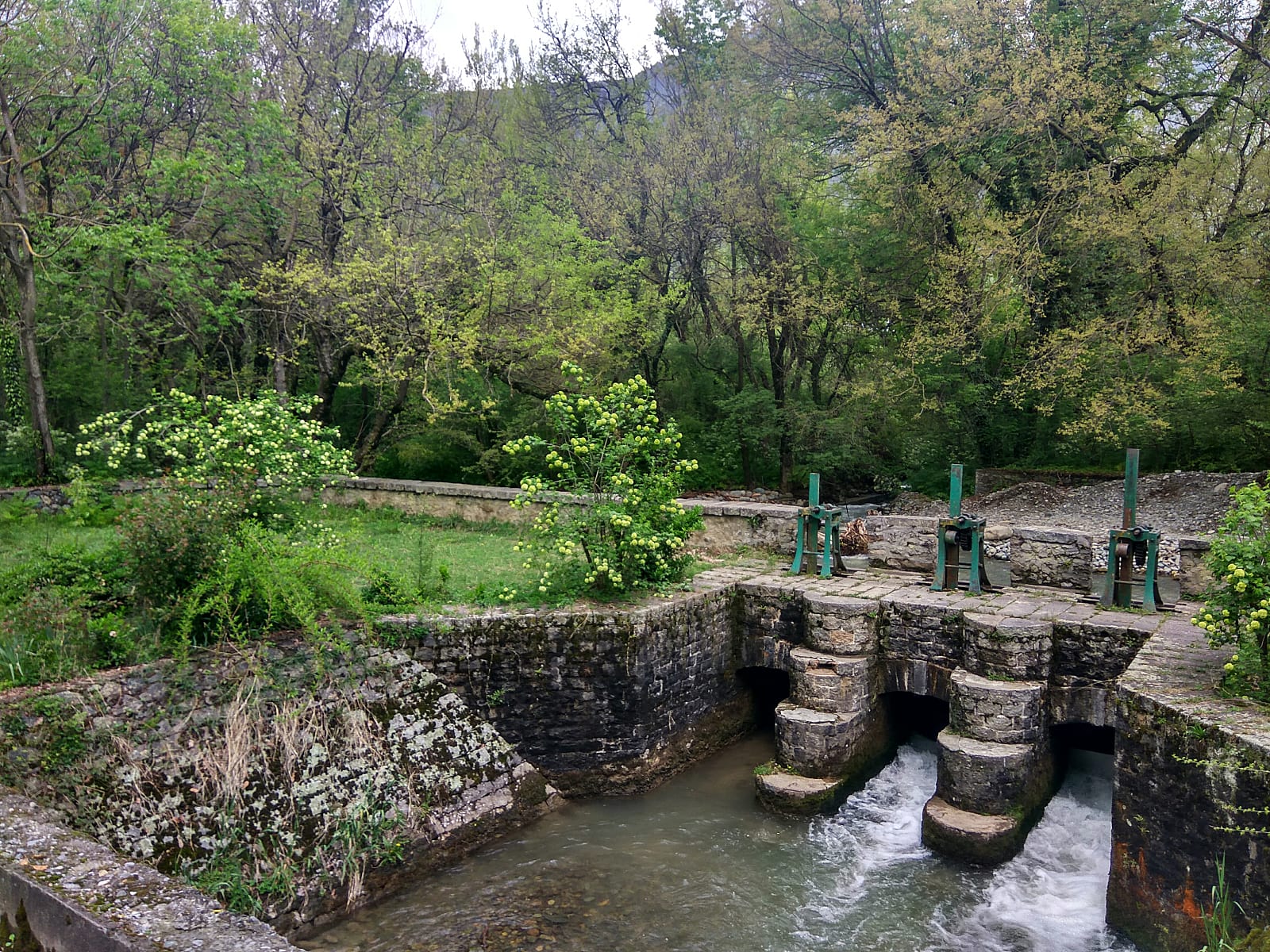
Dachigam National Park (21 kms.)
It covers an area of 141 sq. kms. with altitudes varying between 1700 and 4300 meters. The most famous inhabitants of the park are hangul or the Kashmir stag, musk deer, Himalayan black bear, Himalayan marmot, leopard, species of wild goats, etc. Exotic birds like crimson tragopan, the iridescent monal pheasant, etc. can also be seen here.
Sonamarg (84 kms.)
Sonamarg, the ‘Meadow of Gold’ nestles at an altitude of 2730 meters in the valley carved out by the waters of the mighty Indus river. The beauty of the blooming valley full of alpine flowers and towering conifers with incredible Indus meandering through it and snow-clad peaks in the backdrop leaves a lasting impression on the minds of the visitors.
Kheer Bhawani Temple (27 kms.)
It is dedicated to goddess Raginia Devi (Durga) at Tula Mula village and is considered to be the most important Hindu pilgrim center in Kashmir, after Amarnath cave. A marble temple with a golden dome stands in the middle of the pool created by the spring water.
Pahalgam (96 kms.)
Picturesque Pahalgam, an idyllic resort set on the confluence of Lidder and Shesnag streams is endowed with enormous natural beauty and scenic vistas. It is a perfect place for leisure, pleasure, and relaxation and is also an important trekking base, the most famous being the holy pilgrimage to the sacred Amarnath cave.
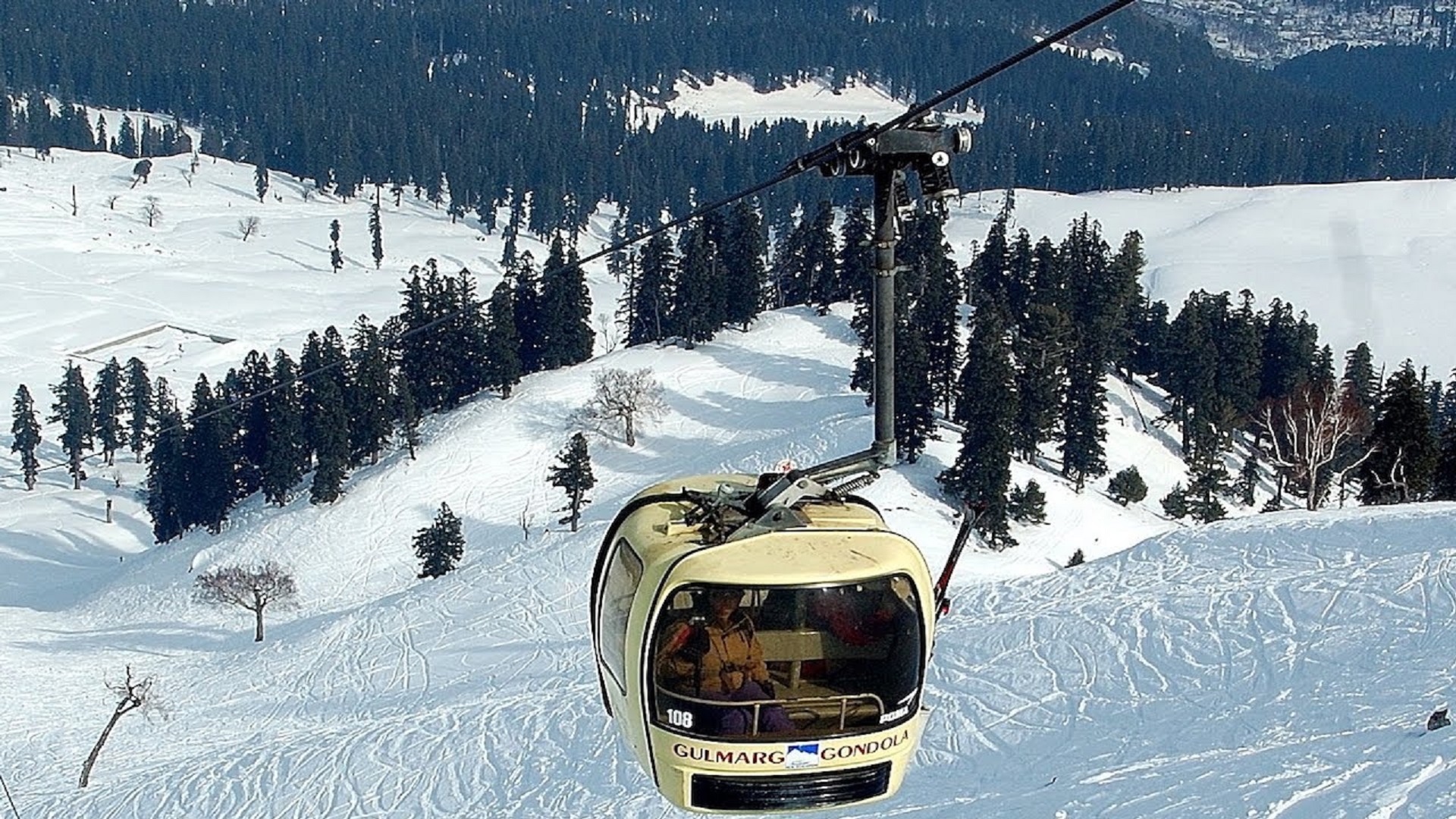 Gulmarg (57 kms.)
Gulmarg (57 kms.)
Gorgeous Gulmarg, literally the Meadow of Flowers’ is one of the most unique hill resorts of the world. This huge grassy, cup-shaped meadow at an altitude of 2653 meters is surrounded by fir trees and majestic snow-clad peaks. The region of Gulmarg becomes all the more beautiful as one season changes into another. Gulmarg is also famous for various outdoor sports activities like golf, horse riding, skiing, trekking, etc. Golfing at Gulmarg’s 18- hole course is a unique experience. It is also the premier skiing resort during the winter. There is a facility of Gondola Cable Car at Kongdor, which carries you to the top of a ski run.


